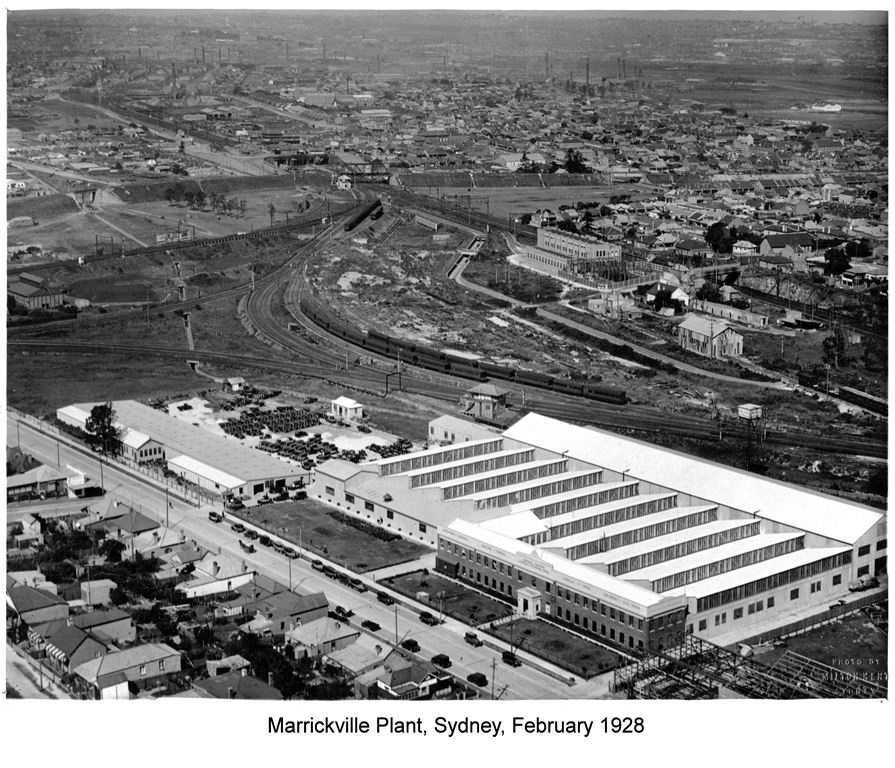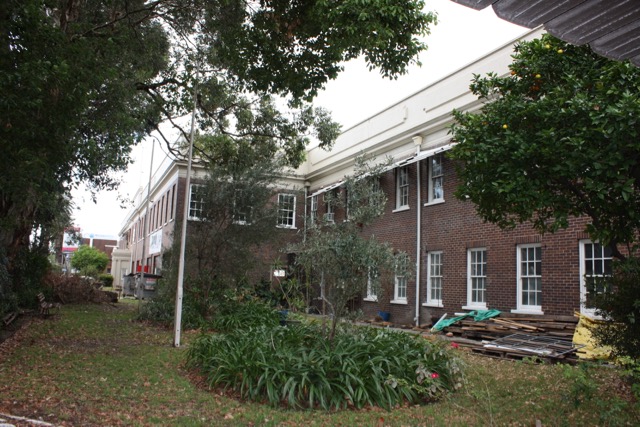
Pontiac Six, Motor Progress, No. 1, October 1926
So General Motors actually made cars in Marrickville? Yes! When you think about the car industry in Australia, you probably think Victoria and South Australia but cars were made across Australia for most of the Twentieth Century. The General Motors Australia assembly plant on Carrington Road Marrickville supplied cars to all of New South Wales.
On opening of the plant in November 1926, a car could be completed in just 30 minutes. Then by May 1927, a car was rolling off the assembly line every ten minutes. On 23 August 1927, the plant celebrated its 10,000th car in just the first nine months. It was a Pontiac Six.
Convertibles, family cars and commercial trucks were all made at the Marrickville plant. We’ve put together a list of the vehicles from trade publications and newspaper articles (below). General Motors cars from the 1920s like Chevrolet, Cadillac and Vauxhall are still well known to this day.
General Motors’ extensive range was the part of corporate strategy by American millionaire William C Durant. Mr Durant started General Motors in 1908. You can read about how he did this here. General Motors maintained its brands’ identities and this continued when General Motors purchased one of its major Australian suppliers, Holden in 1931. But more about that another time!


